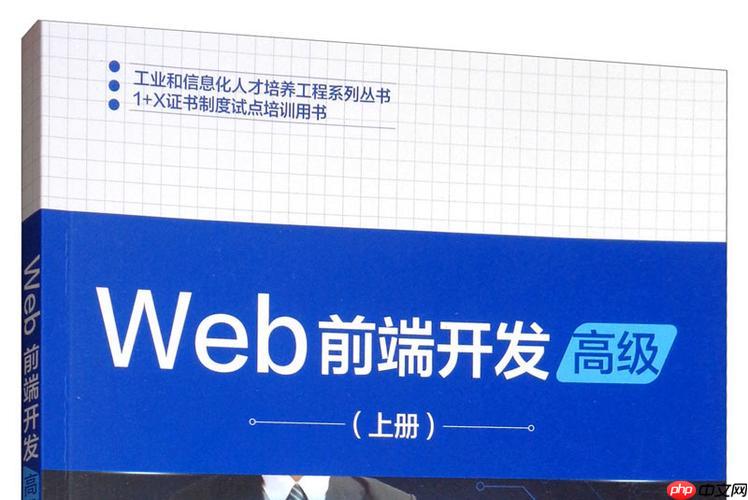需要响应式布局是因为它能在不同设备上提供最佳用户体验。uni-app通过rpx单位、flex布局、媒体查询和条件编译实现和优化响应式布局:1)rpx单位使页面在不同设备上保持一致比例;2)flex布局自动调整元素位置和大小;3)媒体查询和条件编译根据设备类型或尺寸调整布局,优化性能。

<template>
<view class="container">
<text class="title">响应式布局示例</text>
</view>
</template>
<style>
.container {
width: 750rpx;
padding: 20rpx;
}
.title {
font-size: 36rpx;
}
</style>
<template>
<view class="flex-container">
<view class="flex-item">Item 1</view>
<view class="flex-item">Item 2</view>
<view class="flex-item">Item 3</view>
</view>
</template>
<style>
.flex-container {
display: flex;
flex-wrap: wrap;
justify-content: space-around;
}
.flex-item {
width: 30%;
margin: 10rpx;
}
</style>
<style>
@media screen and (max-width: 500px) {
.container {
width: 100%;
}
}
</style>
<template>
#ifdef APP-PLUS
<view class="app-plus-layout">...</view>
#endif
#ifdef H5
<view class="h5-layout">...</view>
#endif
</template>
以上就是uni-app响应式布局的实现和优化的详细内容,更多请关注php中文网其它相关文章!

每个人都需要一台速度更快、更稳定的 PC。随着时间的推移,垃圾文件、旧注册表数据和不必要的后台进程会占用资源并降低性能。幸运的是,许多工具可以让 Windows 保持平稳运行。

Copyright 2014-2025 https://www.php.cn/ All Rights Reserved | php.cn | 湘ICP备2023035733号